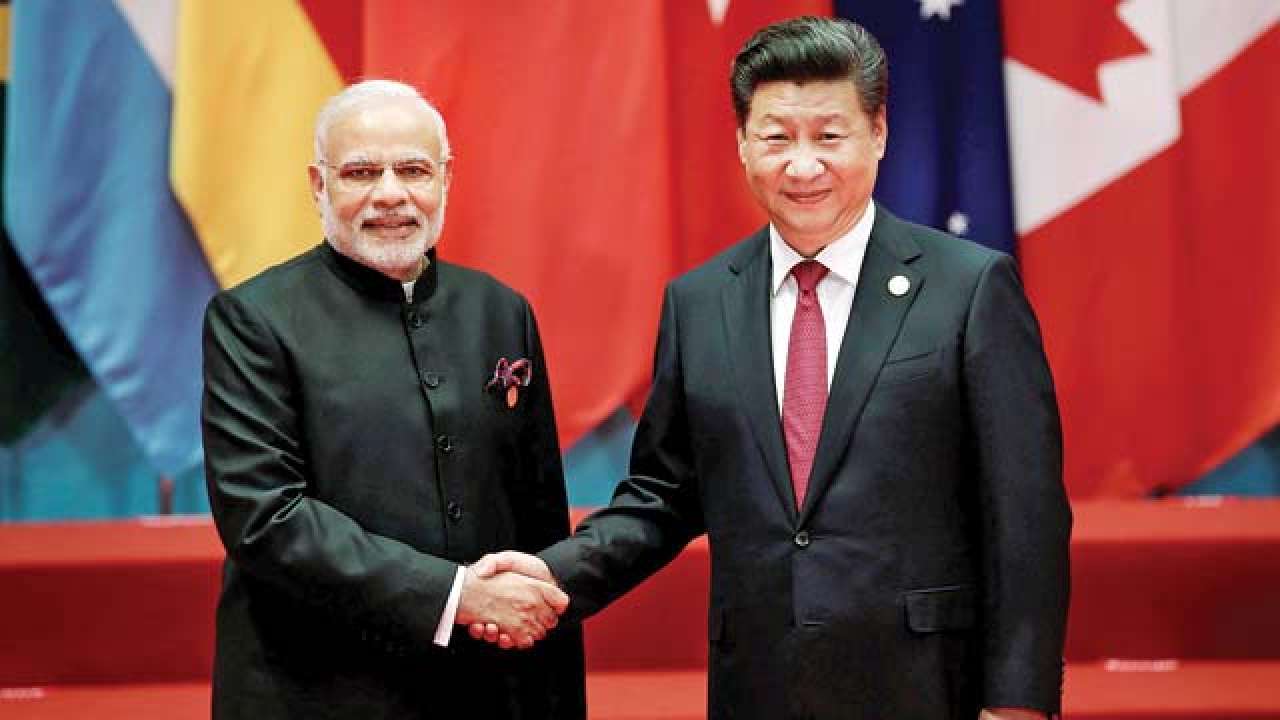
Like the appointment of Nirmala Sitharaman as Defence Minister was a big surprise, so was the defusion of the Doklam face-off. At 5 am IST on August 28, Indian and Chinese diplomats reached an agreement. According to sources in PMO, the hard-line Chinese Ambassador Luo Zhaohui in New Delhi was advising his Foreign Minister Wang Yi to impose additional pressure on India for a unilateral withdrawal. But Yi thought otherwise. The BRICS summit was too key an event to be put at risk. Stories were planted claiming NSA Ajit Doval had broken the impasse with his counterpart Yang Jiechi on the sidelines of a BRICS meeting on July 28. Actually, the spadework was done by backchannel diplomacy, including meetings at Hong Kong between Foreign Secretary Jaishankar, Indian Ambassador to China Vijay Gokhale and their Chinese counterparts. Another story doing the rounds in New Delhi claimed that Gen Fang Fenghui, Chief of Joint Staff since January 2016, member of the 18th CPC Central Committee and Central Military Commission, refused to order a withdrawal from Doklam. Curiously, Gen Fenghui was replaced on August 28 by a President Xi Jinping favourite since 2013, former military chief of Chengdu Military Region — which is responsible for the India front — Gen Li Zuocheng. He is a veteran of the Sino-Vietnam war and considered crucial for Xi’s military reforms. Fenghui’s new assignment has not been indicated and it is possible he was removed to ease implementation of ‘expeditious disengagement’. The Chinese media is reporting he is being investigated on suspicion of corruption euphemistically called economic problems.
Expeditious disengagement was possible after concessions were made by both sides: China, by actually agreeing to engage in diplomacy, albeit backchannel, when its stated public position for 73 days had been ‘talks only after Indian troops first end illegal trespass in Doklam’. But it was India that created space for Beijing to save face and craft the contours of a package deal by agreeing to withdraw its troops first in what was called ‘expeditious disengagement’. Indian troops pulling back first was conditional upon PLA stopping road construction. My Army friends inform me that by midday August 28, Indian soldiers and military equipment began disengaging and had cleared out of Doklam by late afternoon, after which Chinese patrols verified the vacation and began their own disengagement.
India’s related concessions included relaxing its insistence on simultaneous withdrawal to ‘expeditious disengagement’ which created space for sequential withdrawal. External Affairs Minister Sushma Swaraj had stated in Parliament that India would agree to a simultaneous withdrawal and not a pull-out first as demanded by China. Both sides agreed not to comment on the narrative used by each in justifying and describing disengagement. This was particularly important for China as it had relentlessly waged its high decibel ‘Three Warfares’ strategy — media, legal and psychological — to win the battle without fighting it. Semantics played a big role in face-saving on both sides. For example, the Chinese shunned the word ‘disengagement’, preferring ‘readjustment’ and ‘redeployment’ of troops and ‘exercising sovereignty’ over its territory. India gave a long rope to China in wordcraft.
China could not force an Indian withdrawal as New Delhi held its ground on Bhutanese soil. Neither could Beijing force Thimpu to yield, disrupting its great game in decoupling Bhutan from India. Overall, it was a strategic loss for China and failure of its coercive diplomacy. Still, in the optics and semantics of the resolution of the stand-off, India gave China a big face saver. Even after its monumental miscalculation, China has fed its domestic audience with the notion that Beijing was the winner. Foreign Minister Wang Yi, during the briefing on BRICS summit in response to a question on Doklam, said he hoped India had learned a lesson and would not repeat such incidents, adding that the matter of illegal trespass had been settled.
Doklam was not allowed to go the Sumdorong Chu way which took six years to resolve as many had expected. India must learn lessons beyond what Yi has suggested. Its operational weaknesses and lack of an effective deterrent against China have to be made good with expeditious despatch now that there is a full-time defence minister. The bilateral meeting between Xi and Modi on the sidelines of BRICS had Xi opining that ties with India should be put on the right track and two countries should pursue healthy and stable ties. The body language and what was said during the bilateral augur well. Either way, Doklam is a turning point in India-China relations.
The author is founder member of Defence Planning Staff, currently the Integrated Defence Staff